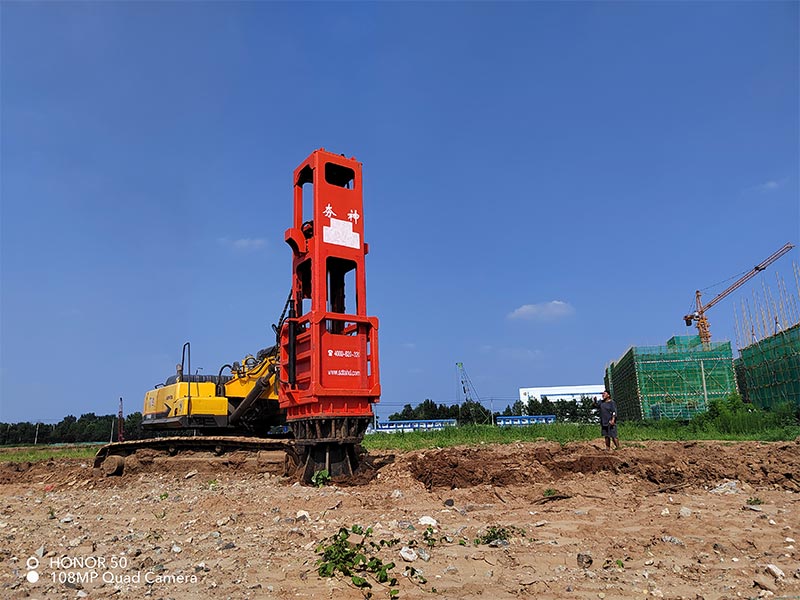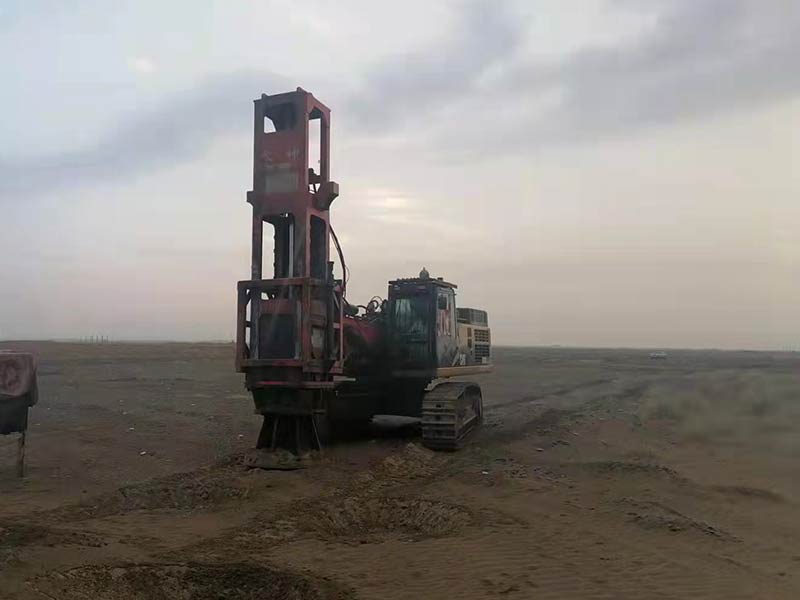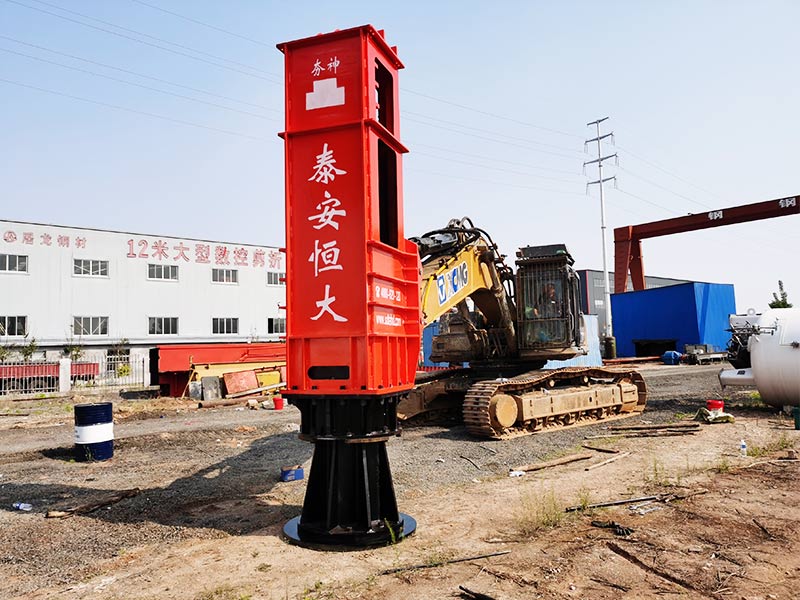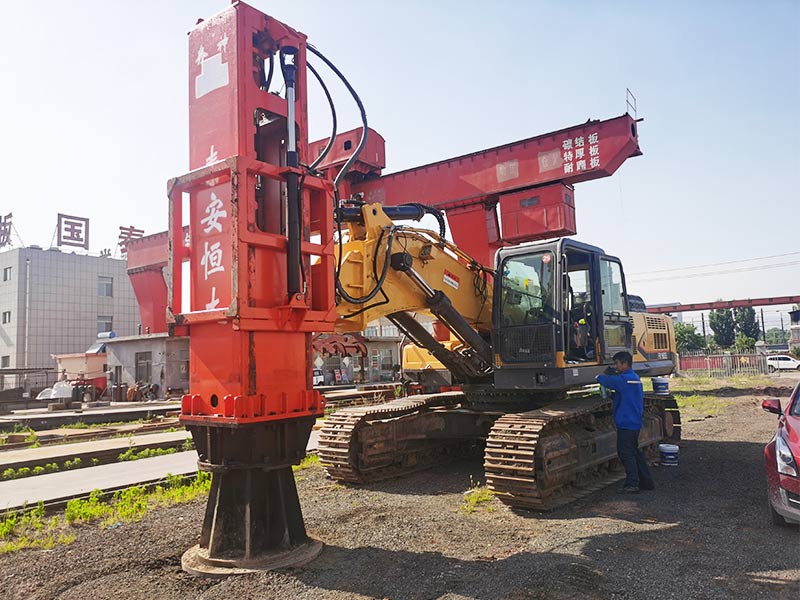
Birthplace of China's rapid impact compaction machine,Inventor: Cao Bin as chief engineer
ricmadeinchina@gmail.com
ricmadeinchina@gmail.com

Birthplace of China's rapid impact compaction machine,Inventor: Cao Bin as chief engineer
ricmadeinchina@gmail.com
Typical compaction requirements for a project may range from 90% to 95% of standard Proctor for non-structural areas to 98% or more of modified Proctor for heavily loaded pavements.

Rapid Impact Compaction provides a technically sound and economic method of improving the capacity of a wide variety of loose soils and fills. The Rapid Impact Compactor can work alone on some types of strata (effective treatment in the top layers of typically up to 6 m depth) or in conjunction with other ground improvement techniques, e.g., Deep Dynamic Compaction, where the strata´s depth or grain sizes dictates. Due to the numerous benefits, e.g., compaction control through an on-board computer, operation at safety, quality assurance, versatility and speed, the Rapid Impact Compaction system will become well-established in the dynamic compaction field. Further research, including theoretical, numerical and practical studies, is nevertheless essential to enhance the innovative compaction system.

The compaction effect of the Rapid Impact Compactor is characterized by pulse-shaped loading of the ground and is achieved by a specific number of blows. The ground to be improved is both compacted and displaced depending on the soil type, thus, causing plastic deformations in the near-field while elastic waves are generated in the far-field. The nature of vibration excitation (transient or periodic) is one of the limiting factors for the allowable impact on buildings and human beings and has to be taken into account for the assessment of standardized limit values.

One advantage of RIC is that the drop height and number of blows can be varied based on the soil conditions. Through a test program, we will work with the Geotechnical Engineer of Record (GER) to determine the appropriate improvement criteria and RIC set-up for various areas of the site. For a site with a mixed soil profile and varying thicknesses of sand and clay, the ability to accurately control the amount of energy delivered to the ground is critical as it allows one to improve the loose overlying loose soil without liquefying the fine grained soils below – providing more uniform compaction.

The RIC compactor is mounted on a excavator so that moving around the site is easy. The compactor consists of a 7.5-ton weight falling approximately 36 inches onto an anvil in contact with the ground at a rate of approximately 40-90 blows per minute thereby compacting approximately 800 sf of area per hour. Onboard diagnostics equipment allows the compaction effort to be stopped when optimum compaction has been achieved.

RIC is a high-frequency, controlled energy, soil compaction technique used to densify surface layers of soils (to a depth of 5 to 7 meters in most cases) with minimum impact on the immediate worksite environment. Rapid Impact Compaction is widely used to densify loose granular soils (sand or gravel) as well as loam fill and industrial brownfield sites for surface compaction, foundations and floor slab support, liquefaction mitigation and waste stabilisation.

Address: Tai'an, Shandong, China

Taian Hengda Machinery Co., Ltd
National government certification:鲁ICP备18050468号-9
